Windows 11 lost market share amid big AI push
2 min. read
Published on
Read our disclosure page to find out how can you help Windows Report sustain the editorial team. Read more

Microsoft has quickly been filtering in several artificially intelligent pre-generative and machine learned enhancements to Windows 11, but apparently not fast enough to grow its installed user base in the month of February.
While conventional wisdom would speak to a growing users base as a company adds free features to a product, Microsoft has unconventionally lost operating system market share the more it added to Windows 11 in the month of February, according to Statcounter.
Statcounter, the web traffic analysis website, reported that in February Microsoft’s Windows 11 operating system dropped 1.46 points or from a 28.18 percent share in January to 26.72 percent for the month of February.
Despite some conspiratorial analysis that would attempt to attribute Windows 11’s drop due to a surge in people buying new MacBooks, adopting ChromeOS or this finally being “the year of Linux”, MIcrosoft lost out to another version of Windows.
Tangentially, Windows 10 saw a 1.81-point uptick in market share during the same February period measured by Statcoutner. Windows 10 now sits with a 69 percent overall market share of the total operating system sector.
Microsoft has repeatedly explained the end of support for Windows 10 is just a little over a year away with October 2025 being the official end-of-life date for the nine-year-old operating system.
However, Microsoft also muddied the water with a handful of recent announcements of backward compatibility of its new hot AI features as well as some additional ways to extend support of Windows 10 beyond the October 2025 date for some businesses.
Perhaps, in their attempt to ease the transitional period between Windows 11 and Windows 10, Microsoft has inadvertently provided IT admins who were testing a jump to Windows 11, a bit more runway to stave off a full organization wide shift to the company’s latest OS.
Older Microsoft operating systems have always managed to keep an audience with versions such as Windows XP and Windows 7 still holding to 0.39 and 3.04 percent of the OS market share respectively, despite being unsupported for years.
Microsoft is making a concerted effort to bring a lot of its Windows 11 features to Windows 10 as well as extending support in various circumstances.
The move to obfuscate its traditional hardline support stance is part of a new vision for how Microsoft now views its operating system as more of fluid platform held together by AI rather than truncated by version-number exclusives and hardware limitations.
We’ll have to wait and see how this gambit pays off for the company.
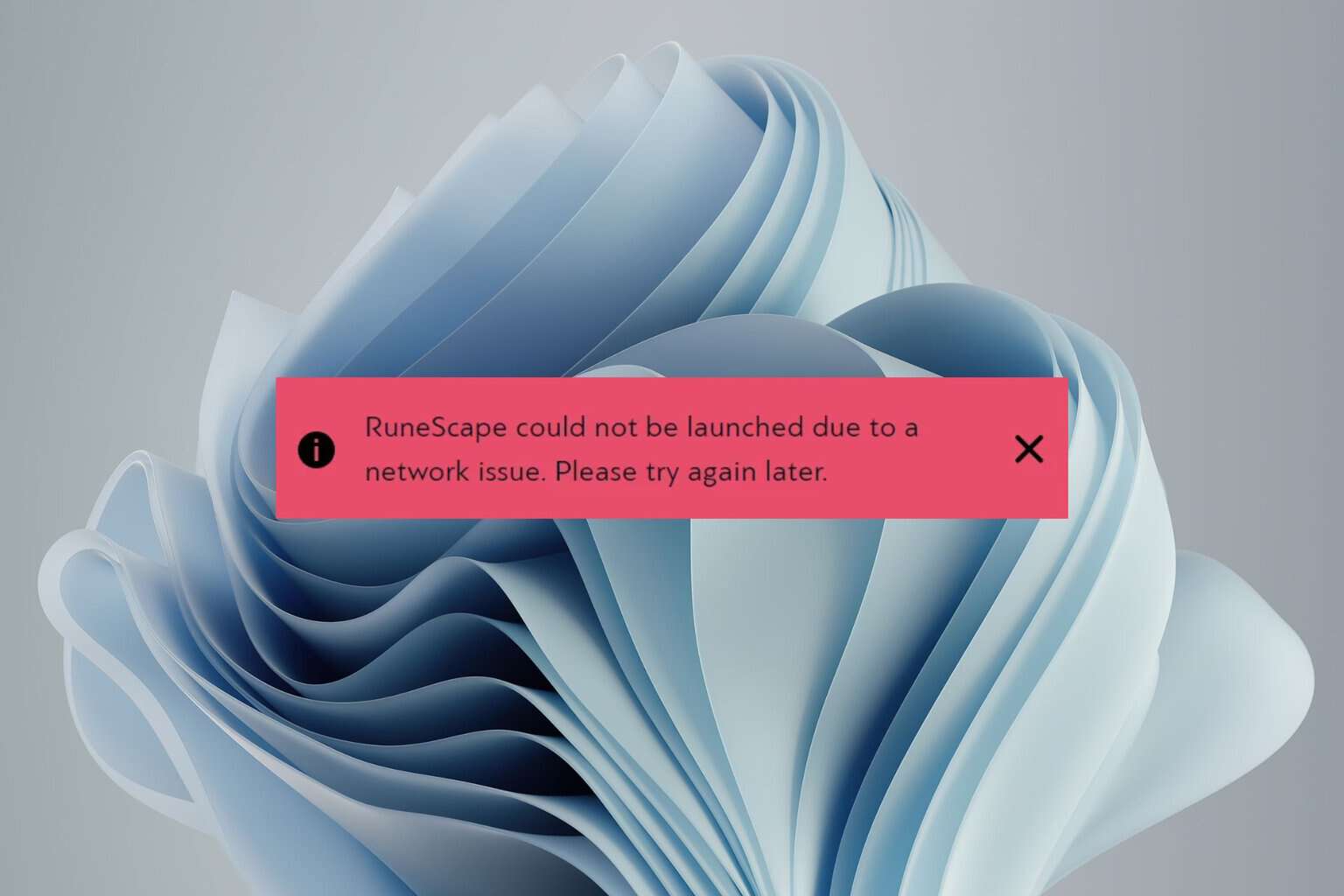
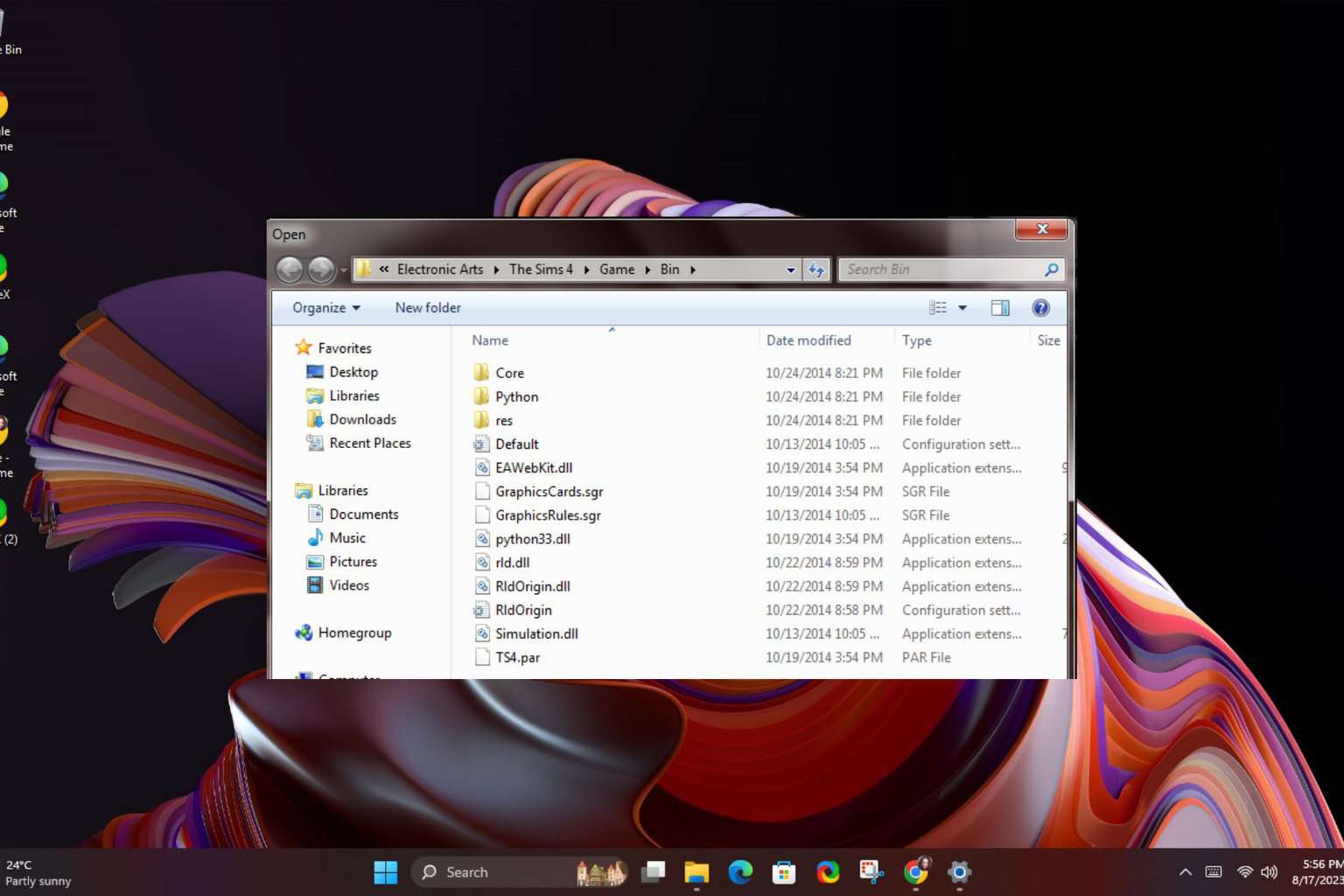
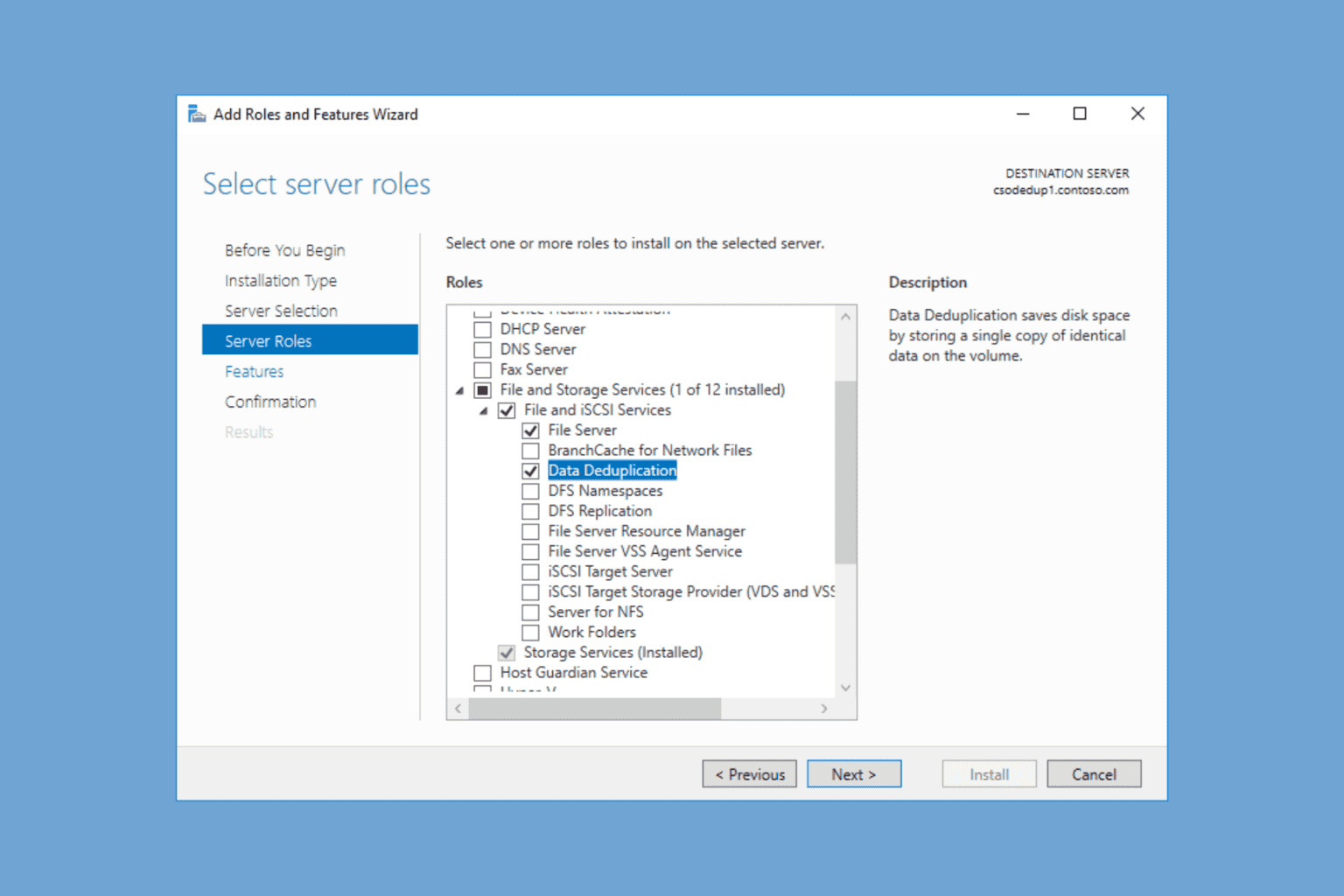
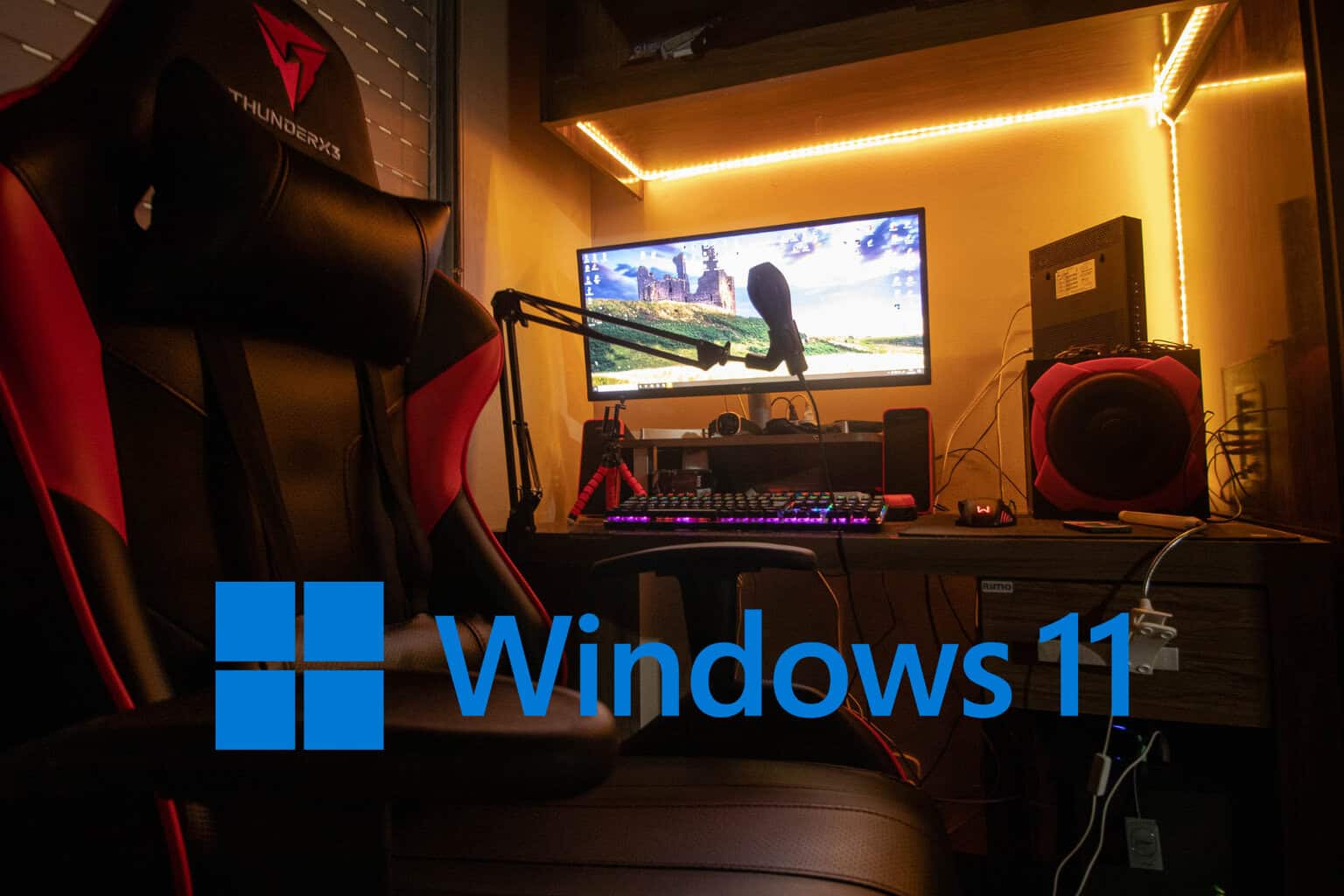
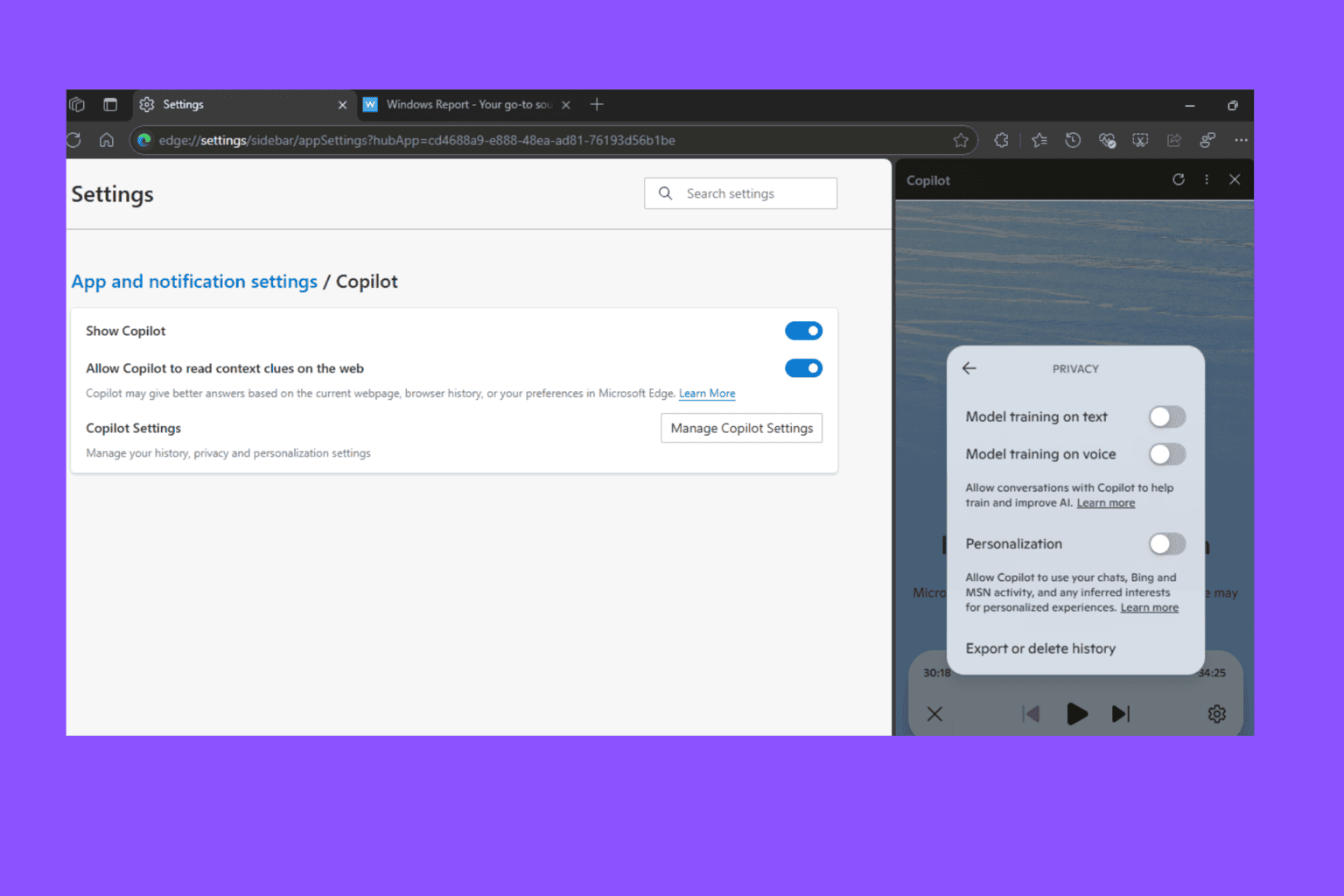


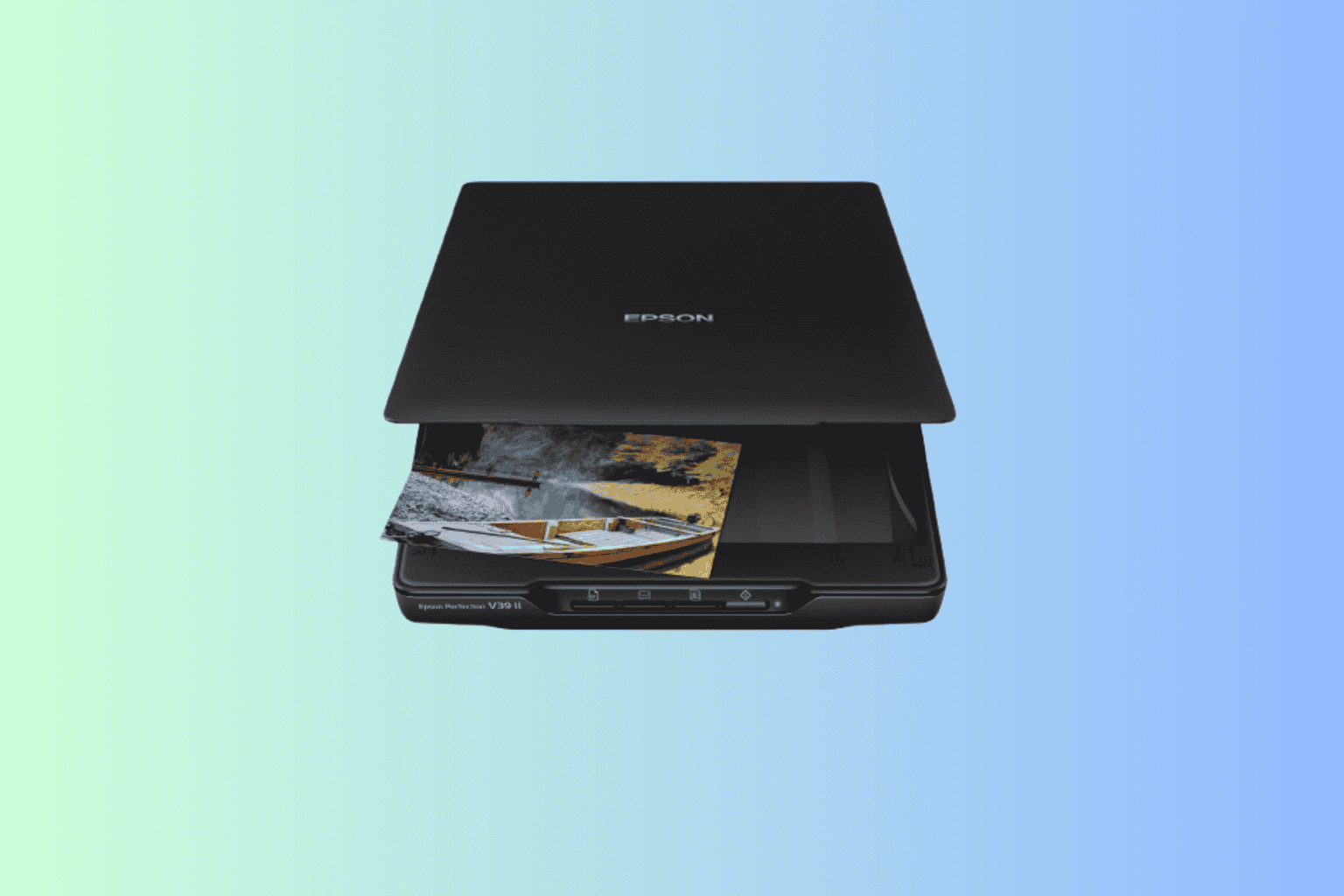
User forum
0 messages